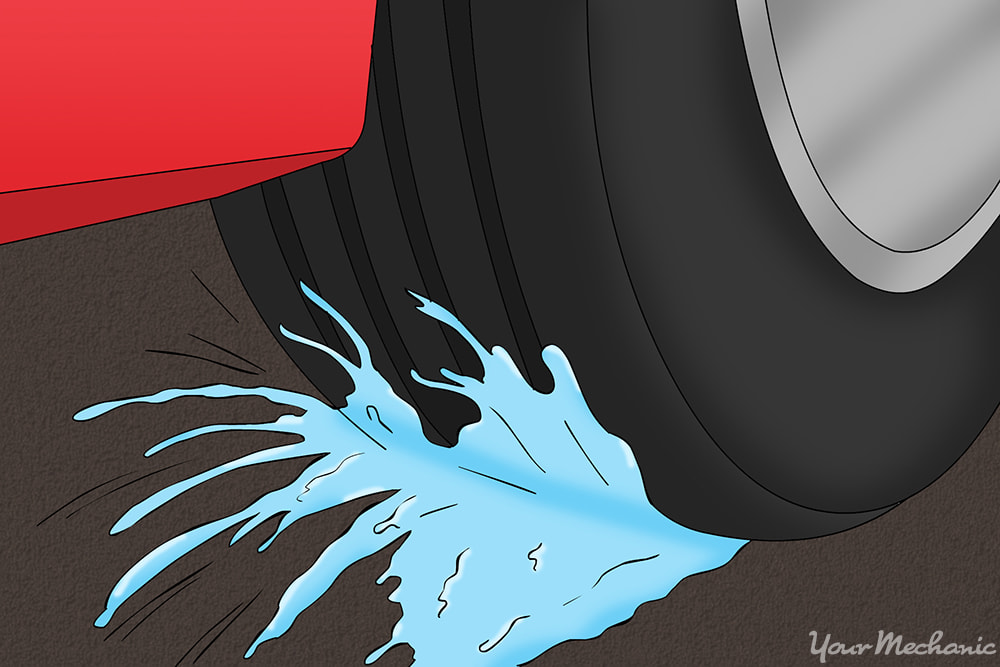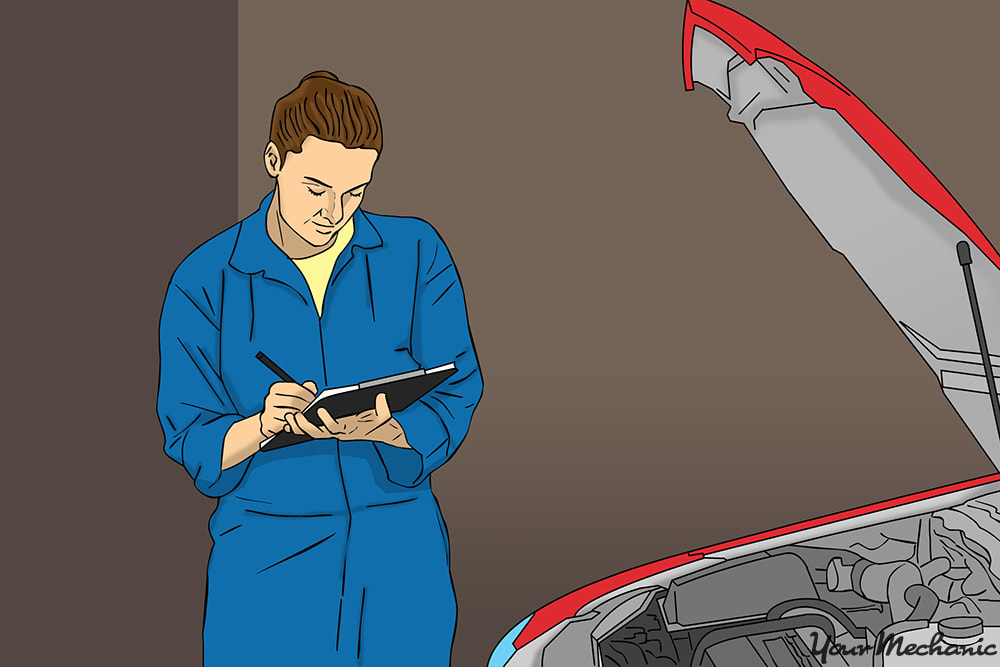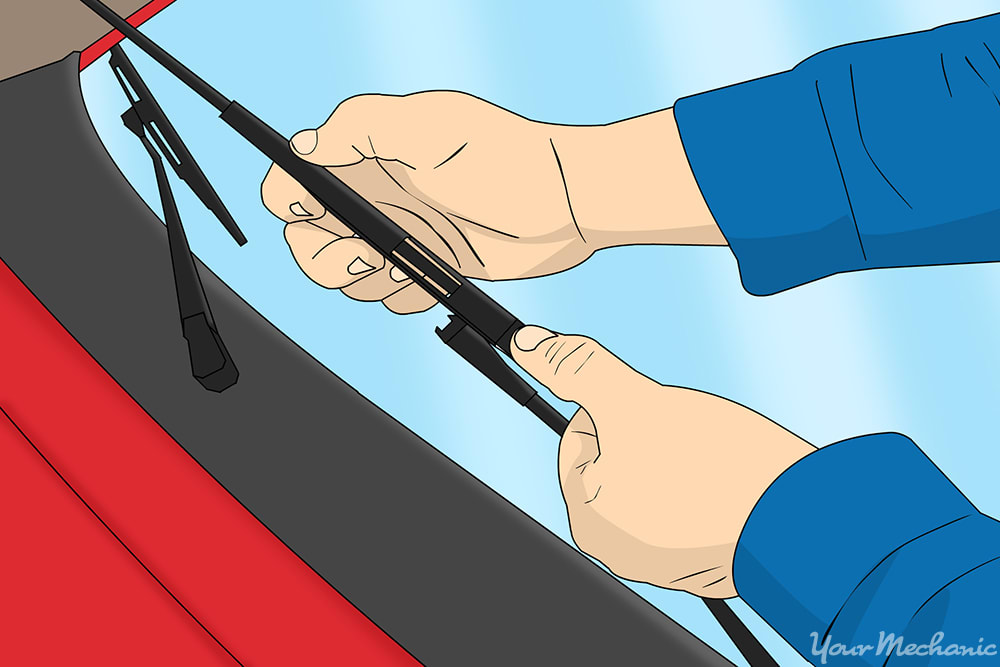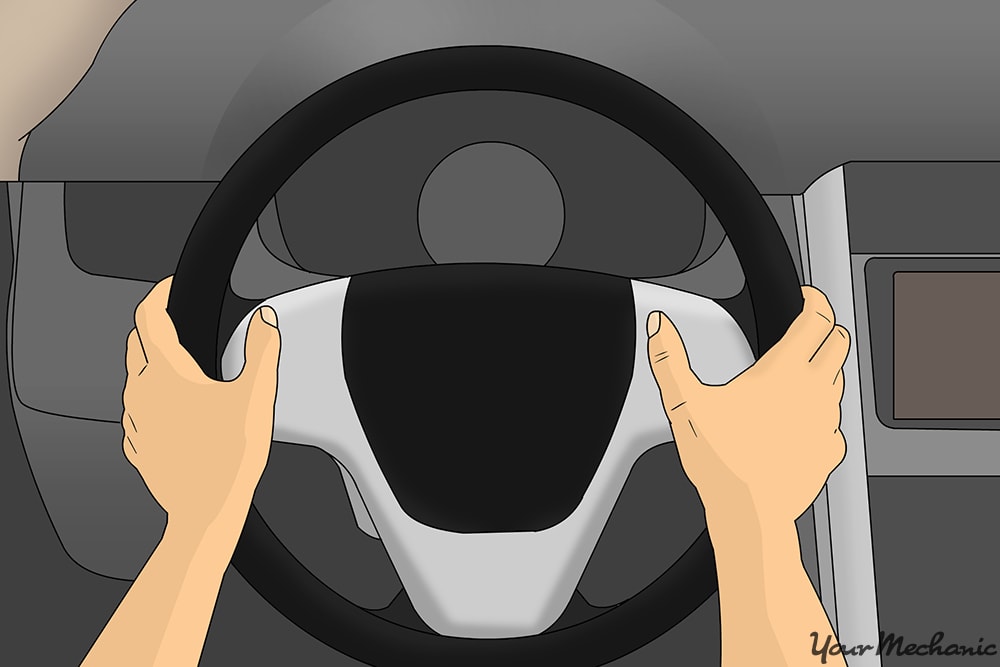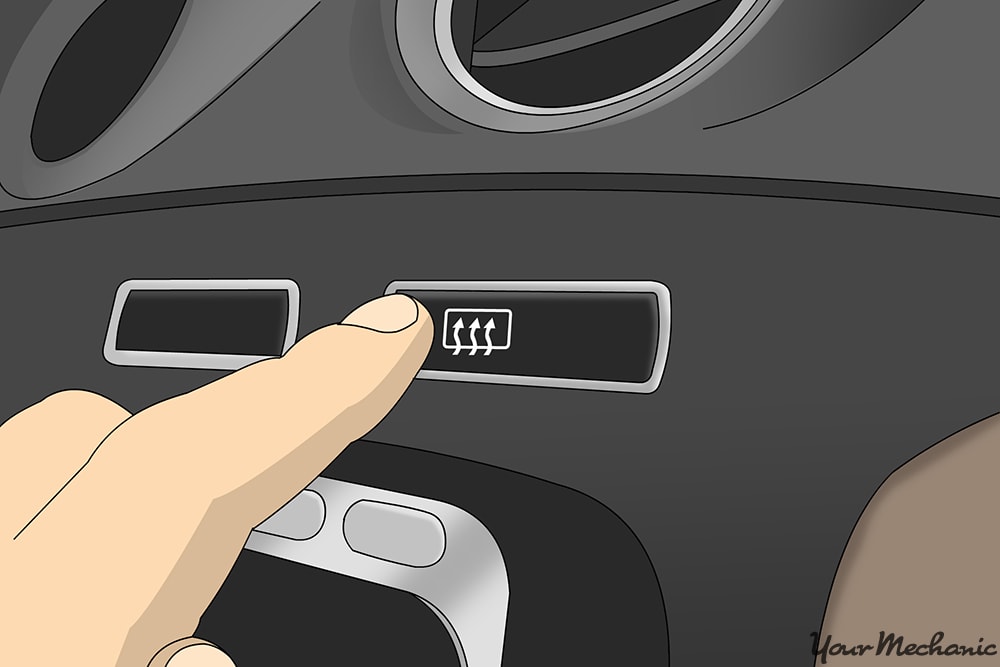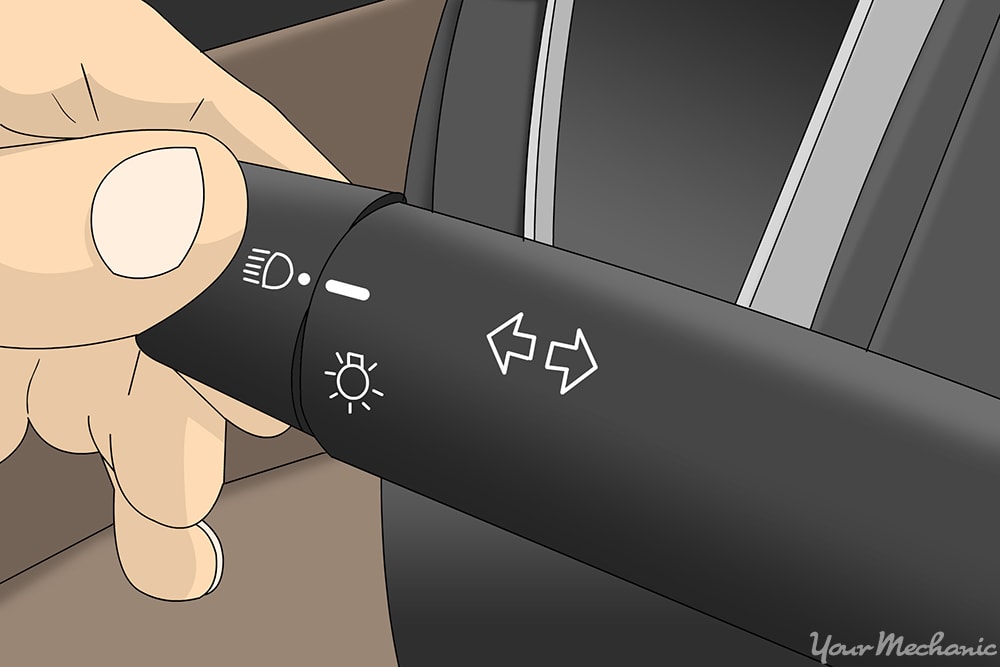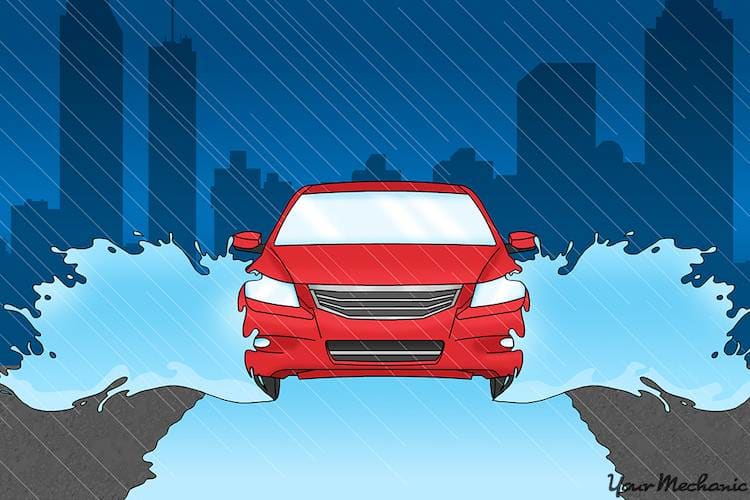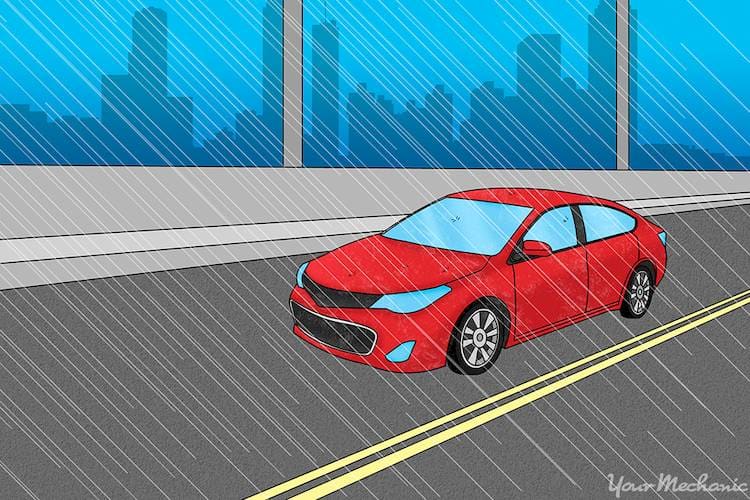

Driving in the rain is no fun. The visibility is poor, the roads are slick, and all you want to do is get to where you’re going and off of the wet roads. Not surprisingly, rainy days are some of the most dangerous days to drive, as the road conditions are adverse and other drivers on the road often don’t know how to safely control their vehicles.
As daunting as driving in the rain may be, it doesn’t need to be as difficult or scary as it initially seems. If you follow some basic tips for safe driving, you can make operating a car in the rain a safe and comfortable experience. That said, it’s worth noting that many of the other drivers you encounter on the road may not drive as comfortably and safely in the rain as you will, so if you can avoid driving in adverse weather conditions, it’s probably a good idea to do so.
The most important things when driving in the rain are to give the road your undivided attention and to not drive unless you are completely comfortable. If you do these two things, and follow these guidelines, you’ll be just fine in the rain.
Part 1 of 2: Getting your car ready for the rain
Step 1: Make sure that your tires are good for rainy weather. The part of your vehicle that is most impacted by wet roads is the tires. Tires are responsible for creating traction and keeping your car in contact with the road, and when the road is slippery, their job becomes more difficult.
Make sure that your tires are always up to par before driving in the rain. If your tires are worn out and don’t have much grip, you’ll be a liability on wet roads.
- Tip: As always, make sure that your tires are properly inflated before driving.
Step 2: Keep your car well maintained with regular inspections. It’s important to always follow your maintenance schedule, but this is especially important when the weather turns bad. When the roads are wet is the last time that you want your brakes to falter or your battery to die.
Be sure to schedule periodic safety inspections with a trustworthy mechanic, such as one at YourMechanic.
Step 3: Make sure your windshield wiper blades are new or like new. Windshield wiper blades need to be replaced now and then. If not, they will start to warp or become dull, and they’ll be ineffective at wiping rain off your windshield.
Before the first rain of the year, have your wiper blades replaced.
Part 2 of 2: Driving carefully and attentively
Step 1: Always keep both hands on the wheel. The biggest danger when driving in the rain is that you’ll hit a pitch of water and hydroplane. When this happens, the steering wheel will usually jerk in one direction or the other. To keep the wheel from drastically turning, make sure that you have both hands on it at all times.
- Tip: If you need to use your hands for something else, such as making a phone call, adjusting the radio, or moving your side view mirrors, pull over first.
Step 2: Use your wipers and defroster. To improve visibility, always use your windshield wipers when it’s raining. The wipers will keep the rain on the windshield from obstructing your view.
Also be sure to keep your defroster on, as the windshield can easily become fogged up when it’s raining.
Step 3: Use your headlights. Rain can make it difficult for oncoming traffic to see you, so always keep your headlights on, even if it’s the middle of the day.
- Tip: At night, you may not want to use your high beam lights. The high beams are so bright that they can reflect off of the rain and actually lessen your visibility.
Step 4: Slow down and don’t tail. Roads become much more slippery when it is raining, which means your car doesn’t have the best traction. As such, you shouldn’t drive as fast as you normally would, otherwise you’ll be far more susceptible to losing control of your car.
It also can take you farther than usual to stop when applying your brakes. To make sure that that doesn’t become too dangerous, avoid tailing other drivers too closely. Keep plenty of distance between you and the car in front of you so that you have plenty of room to brake and stop.
Step 5: Stay calm when hydroplaning. If you hydroplane, stay calm and don’t overreact.
Hydroplaning occurs when you drive over water and one of your wheels loses contact with the road. When this happens, you may feel the steering wheel jerk, and it will appear as though you temporarily lose control of the vehicle.
When hydroplaning happens, it’s important not to overreact. Keep both hands firmly on the wheel, and calmly correct the steering. Tap the brakes, but don’t slam on them. Any extreme movements, such as swerving or slamming on the brakes, will only exacerbate the hydroplaning and make it likely that you’ll fully lose control of your car.
- Tip: It’s a common misconception that if you drive quickly over a puddle, you’ll be less likely to hydroplane because you’ll be through it more quickly. In actuality, hydroplaning occurs when you drive over a puddle at a quick enough speed that the car tries to drive right over it rather than through it. If you see a puddle or standing water, slow down before driving through it, as this will help your tire to stay in contact with the road.
Step 6: Don’t push your luck. Know your car’s limits, and don’t test them.
No matter how badly you want to get where you’re going, don’t push the limits of your vehicle. If an area of the road is flooded, don’t attempt to make it through. The potential damage to your vehicle is far greater than the benefits.
If you’re ever unsure whether or not your car can safely make it through a stretch of road, don’t test it to find out.
Driving in the rain isn’t particularly fun, but it doesn’t have to be dangerous either. As long as you follow these tips, you’ll be able to stay much safer while driving through bad weather.


